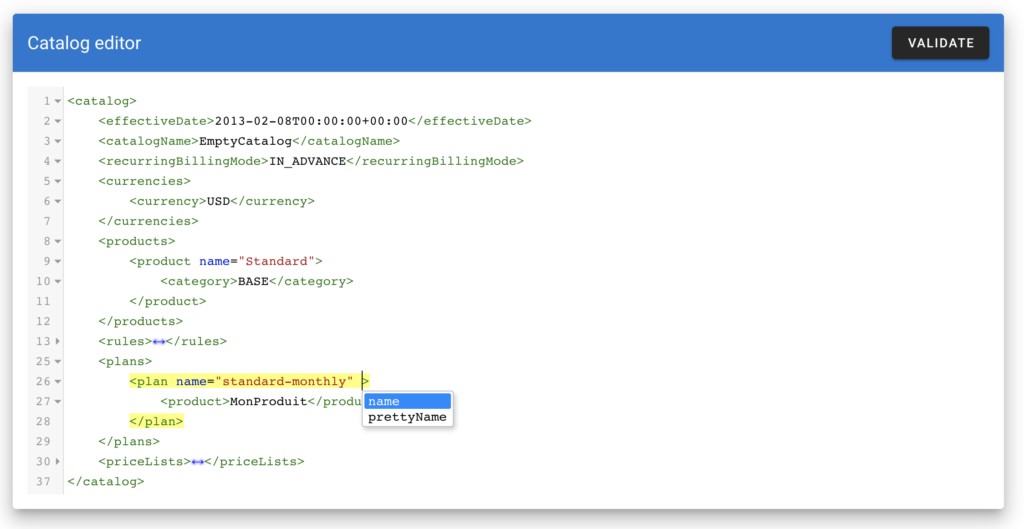Here at Kill Bill, we frequently receive inquiries from both our customers and the broader community about specific Kill Bill behaviors. If the billing day is the 31st, when would the invoice be generated in February? What happens when I change the Subscription Billing alignment in my catalog? The simplest way to answer such questions is to test it! The new Kill Bill Cloud makes subscription billing testing easy – and it’s free!
Discovering Kill Bill behaviors
Our SaaS competitors often offer very restricted test environments. Kill Bill, on the other hand, makes it very easy to understand how the system behaves in complex scenarios.
Your first option is to read the source code. Our billing engine is 100% open-source, so we encourage developers to take a look at the code. Also, our architecture is very modular, so it’s often simple to narrow down the relevant pieces of the platform that control the functionality you are trying to figure out.
Now, not everyone is proficient at reading Java. Granted, some abstractions can be hard to follow for the uninitiated (for example, the entitlement system).
Another alternative is to simply try it out in a live test system: launch a new instance (either using our Docker images or starting an official AWS AMI), upload your catalog, and create some test data. You can then easily simulate subscription changes, verify invoice runs, test price changes, etc.
Once you get the hang of it, launching new test environments is quick and easy. Alternatively, as we mentioned up above, Kill Bill Cloud makes subscription billing testing easy with the free hosted sandboxes that we provide.
Introducing Kill Bill Cloud with free hosted sandboxes
Kill Bill Cloud is a publicly hosted Kill Bill environment. When you sign up, we automatically provision a new Kill Bill tenant for your account. You can then log in to Kaui (or integrate directly with our APIs) to upload your catalog, populate test data, etc.
We initially launched the sandboxes to help our customers with bug reports. Quite a few companies now have very complex Kill Bill deployments, with extremely large catalogs and lots of custom plugins. Without having access to the system, debugging issues has often been quite challenging for us. But we realized that if we narrowed down the issue and reproduced it in our hosted environment, we could then pin down the problem.
Free sandboxes on Kill Bill Cloud is the byproduct of this effort. Thanks to the multi-tenancy capabilities of Kill Bill, it was quite easy for us to allow public provisioning of test environments. You can use your sandbox to discover the capabilities of our platform, create an integration proof-of-concept, use it as a hosted demo for your project review, etc.
I find myself using it more and more when I want to verify some assumptions before replying to a question on the Community board. I have imported our Swagger schema in the Paw API tool and configured it with my Kill Bill Cloud API credentials. All of our APIs are now available to me with the click of a button. In practice, I usually end up using Kaui to set up a new account with its subscriptions, as the UI makes it very easy to do so. I then switch to Paw for testing specific APIs.
Future of Kill Bill Cloud: tooling hub and marketplace
We have lots of ideas to expand our cloud offering. First, we want to provide additional tooling to configure and administrate Kill Bill deployments.
The first tool we launched was an XML editor with built-in validation to help write and maintain XML catalogs. The editor provides code highlighting and folding:
Tags are auto-completed:
XML and XSD errors are reported:
We will progressively add additional resources. For example, we’d like to include a plugins marketplace, a feature that has been requested many times over the years.
Do you have an idea of something specific you want to see? Get in touch!
- Read the Kill Bill overview
- Become a Kill Bill sponsor
- Join the Kill Bill Community
- Get started with Kill Bill






